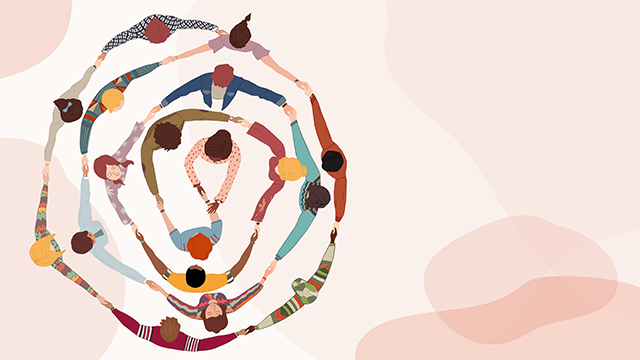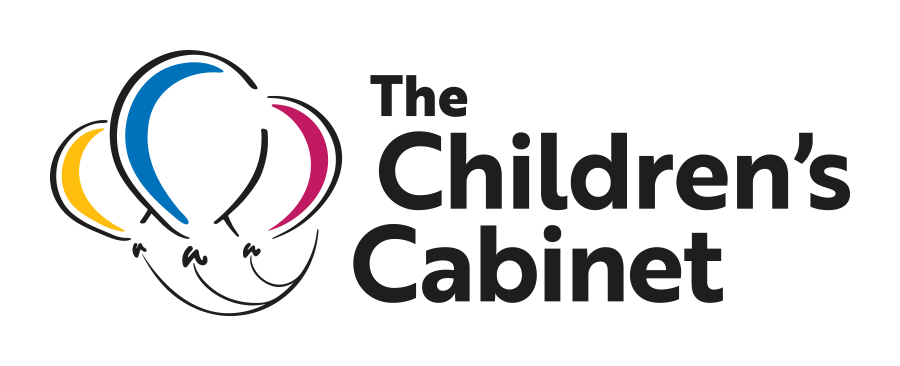Diversity, Equity & Inclusion (DEI) encompasses the symbiotic relationship, philosophy
and culture of acknowledging, embracing, supporting, and accepting
those of all racial, sexual, gender,
religious and socioeconomic backgrounds, among other differentiators.
This means creating a culture of continuous learning and improvement, where our people, programs, and supports reflect and address the needs of educators, the diverse communities we serve, and those we hope to serve. “This focus on DEI is essential to realizing our vision of a more just and peaceful world, one where every child can thrive.
Diversity, Equity, and Inclusion | Committee for Children
Race Equity Resource Library: Bibliography
Children’s Bureau Advancing Equity and Inclusion Through the Child and Family Services Reviews

The Casey Foundation centers racial and ethnic equity and inclusion practices across all areas of its work to ensure all young people in and transitioning from foster care experience equitable outcomes. Learn about how the Foundation builds capacity to advance racial and ethnic equity and inclusion.
Conversation Guides
The Casey Foundation has developed a set of four guides with meeting materials for leaders to hold facilitated conversations about dismantling racism within systems that affect young people:
Race Equity and Inclusion Action Guide
This guide provides a clear frame¬work for under¬tak¬ing the impor¬tant work of incor¬po¬rat¬ing race equi¬ty and inclu¬sion at every stage of work.

How To Support Your Foster Child’s Culture When It’s Different From Yours | Washington Fosters Blog
Here are six ways you can more practically support your child as a transracial foster parent:
My Way, Your Way, Our Way: A Conversation on Cultural Awareness
Saturday, February 25, 2023; 11:30 AM - 1:30 PM
Las Vegas The Children's Cabinet
5905 South Decatur Blvd, Suite #13
Las Vegas, NV 89118
Event Information and Registration

6 Ways To Incorporate Culture & Diversity Into Child Care That Are So Important | Romper
7 Tips to Help Foster Children Manage their Separation Stress - Acenda
8 Ways to Honor Diverse Family Structures in the ECE Classroom | Rasmussen University
10 Ways to Help Your Adopted Child Maintain a Cultural Connection | ESME
The 2021 Minority Health Report | NV.gov
Cultural Competence Training for Foster and Adoptive Parents | Spaulding for Children
Equity and Inclusion | The Annie E. Casey Foundation
Equity in Action | Administration for Children & Families
Race Equity | Casey Family Programs
Race Equity Resources | Child Welfare Information Gateway
Video: The Path to Racial Equity in Child Welfare | Alliance for Children’s Rights
Nevada's Just in Time Training is a web based service program designed to connect foster parents, kinship or other caregivers with training, peer experts and other resources. Questions are answered and practical solutions to care for children are discussed - all from the comfort of your home or office.
If you have difficulty accessing any material on this site, please contact us in writing and we will work with you to make the information available. You can direct your request to JITSupport@USF.edu.